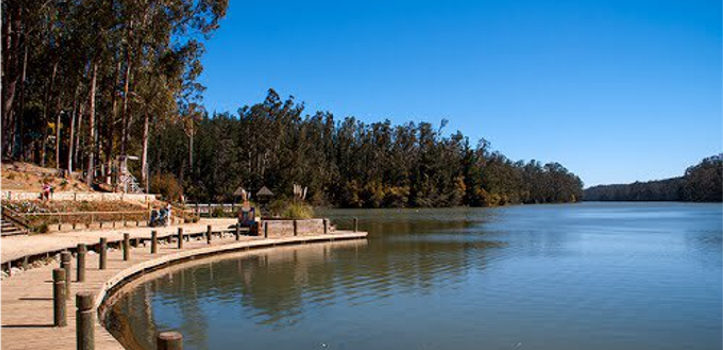INGLÉS ABAJO / ENGLISH BELOW
El remo es un conjunto de disciplinas deportivas que consisten en la propulsión de una embarcación sobre el agua, con o sin timonel, mediante la fuerza muscular de uno o varios remeros, cada uno de ellos usando uno o dos remos como palancas simples de segundo grado y sentados de espaldas a la dirección del avance, por ello necesitan un timonel que les guíe.
En una embarcación de remo todos los elementos portantes (donde se hacen los apoyos para realizar la fuerza) deben estar fijos al cuerpo de la embarcación, solamente el carro donde va sentado el remero puede moverse. Esto da lugar a una clasificación en función de si el carro es móvil (banco móvil) o no lo es (banco fijo). El remo de banco móvil se caracteriza por tener un asiento sobre ruedas que permite utilizar las piernas en la propulsión de la embarcación. En el remo de banco fijo, el remero está sentado sobre un asiento fijo, y la propulsión se realiza con el torso y con los brazos. En ambas modalidades el remero se sienta mirando a popa, es decir, de espaldas a la dirección del movimiento.
Una regata de remo es una competición que consiste en uno o más eventos divididos (si es necesario) en varias regatas o mangas, en una o varias clases de botes, agrupadas (en general) en diferentes categorías de género, edad o peso.
Rowing is a sport with origins back to Ancient Egyptian times. It is based on propelling a boat (racing shell) on water using oars. By pushing against the water with an oar, a force is generated to move the boat. The sport can be either recreational, where the focus is on learning the technique of rowing, or competitive, where athletes race against each other in boats. There are a number of different boat classes in which athletes compete, ranging from an individual shell (called a single scull) to an eight-person shell with coxswain (called a coxed eight).
While rowing, the athlete sits in the boat facing toward the stern, and uses the oars which are held in place by the oarlocks to propel the boat forward (towards the bow). This may be done on a canal, river, like, sea, or other large bodies of water. The sport requires strong core balance, physical strength, flexibility, and cardiovascular endurance.
Rowers may take part in the sport for their leisure or they may row competitively. There are different types of competition in the sport of rowing. In the U.S. all types of races are referred to as regattas whereas this term is only used in the UK for head-to-head or multi-lane races (such as those that take place at Dorney Lake), which generally take place in the summer season. Time trials occur in the UK during the winter, and are referred to as Head races. In the US, head races (usually about 5k, depending on the body of water) are rowed in the fall, while 2k sprint races are rowed in the spring and summer.
 |
Laguna La Luz, o Tranque de la Luz, es un cuerpo de agua artificial perteneciente a la localidad de Curauma en Placilla de Peñuelas, Región de Valparaíso. El tranque fue construido por el estado en el año 1907 para dar electricidad a los tranvías eléctricos y parte de la ciudad de Valparaíso. Fue la segunda central hidroeléctrica construida en Chile y la primera con alternadores, funcionó hasta el año 1996, actualmente el tranque es de propiedad de Esval.
La Laguna La Luz alberga hoy en día a tres importantes clubes de remo local y la laguna es sede habitual de campeonatos de remo y otras disciplinas deportivas. Por sus dimensiones (2.800 m de longitud y ancho promedio de 300 m) además de la imponente cobertura de árboles de gran tamaño en sus riberas, sus aguas son calmas y aptas para la boga competitiva prácticamente todo el año.
Laguna La Luz is an artificial body of water belonging to Curauma, in Placilla de Peñuelas, Region of Valparaiso. The lake was built in 1907 to give electricity to the electric trams and part of the city in Valparaiso. It was the second hydroelectric power plant built in Chile and the first one with alternators; it operated until 1996.
The lake contains nowadays three important local rowing clubs, and regattas and competitions are held in it frequently. Because of its dimensions (2800 mts length and 300 mts width on average) plus the dense amount of trees around it, its waters are calm and perfect for these races practically the whole year.